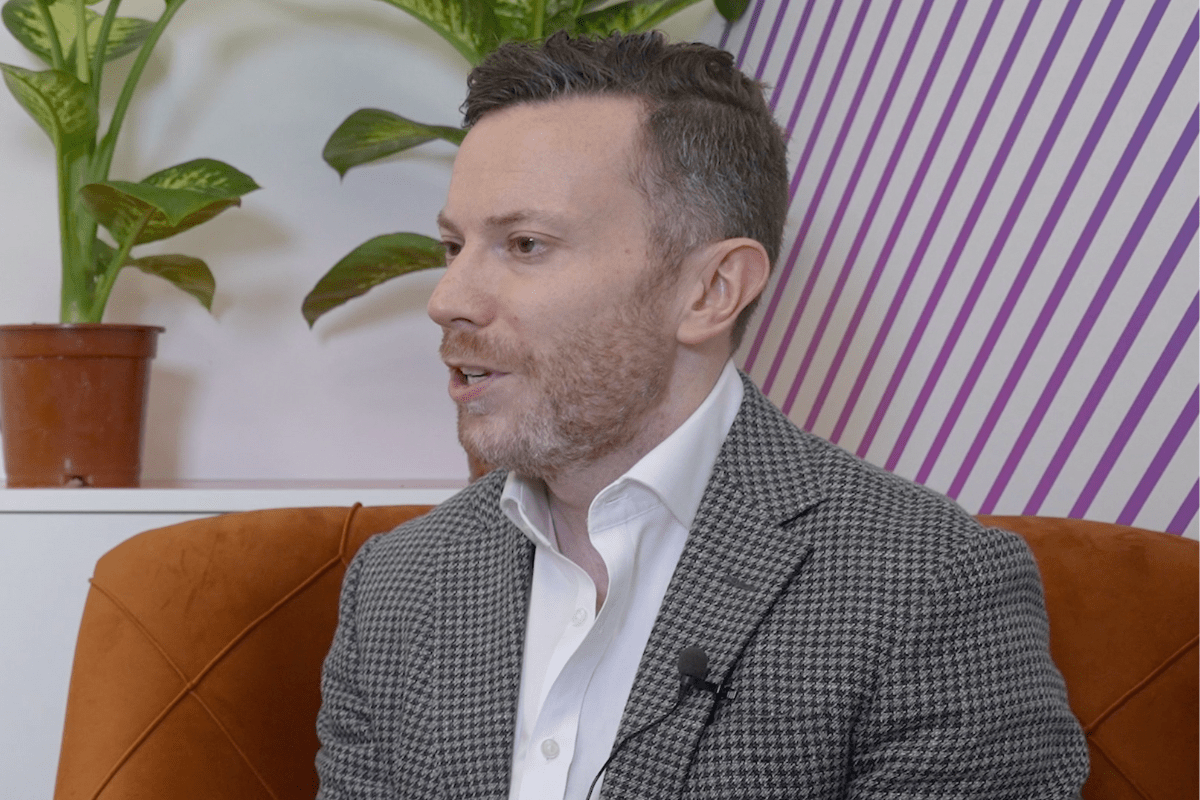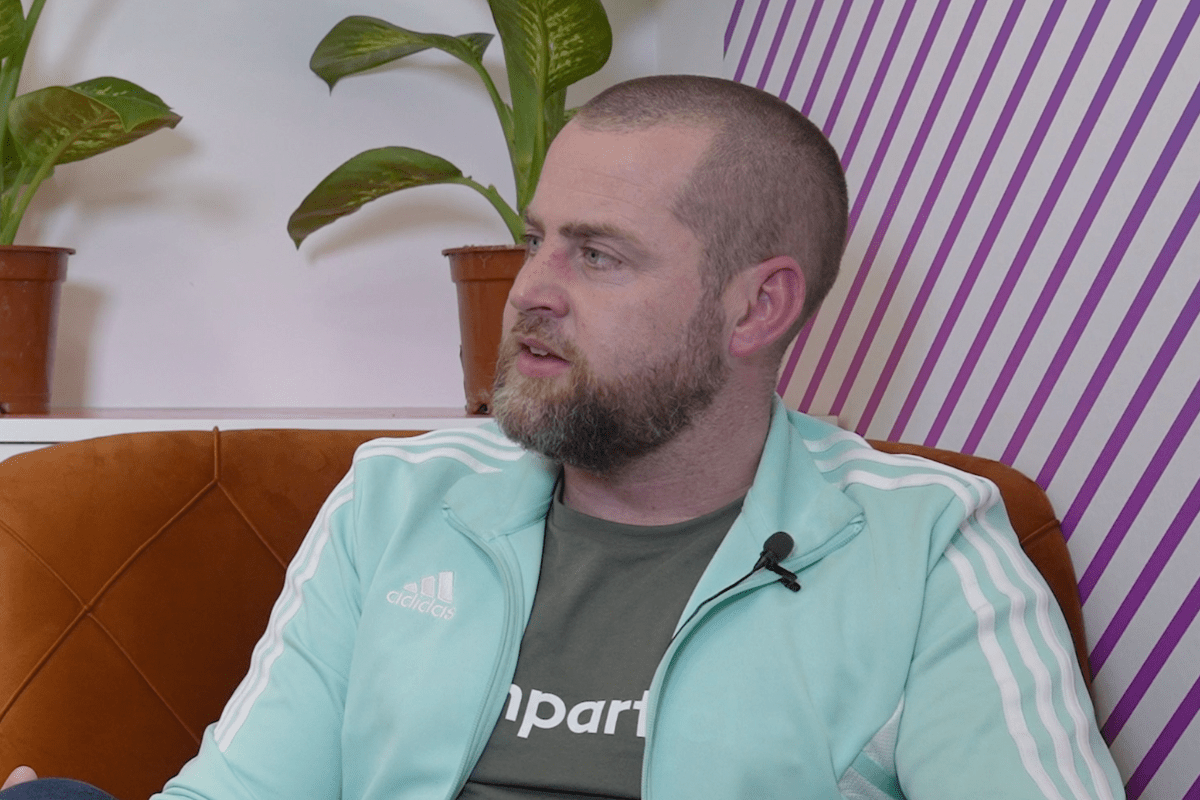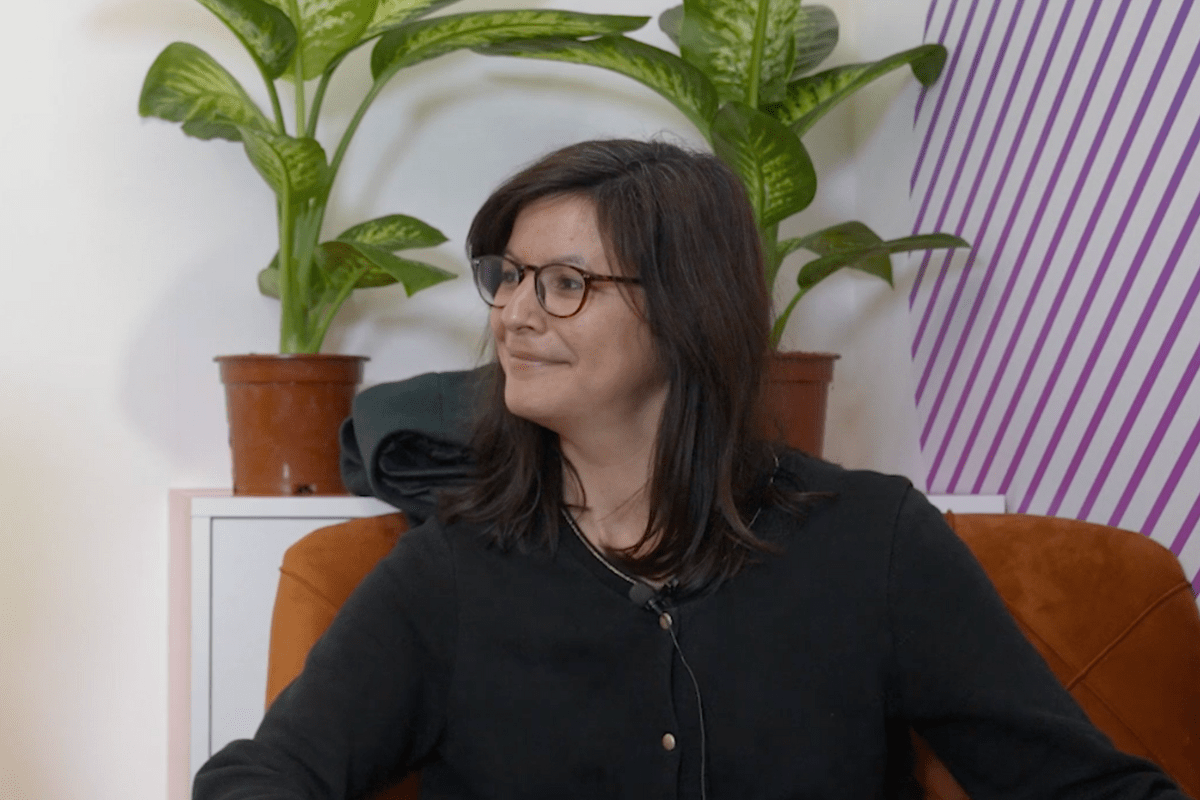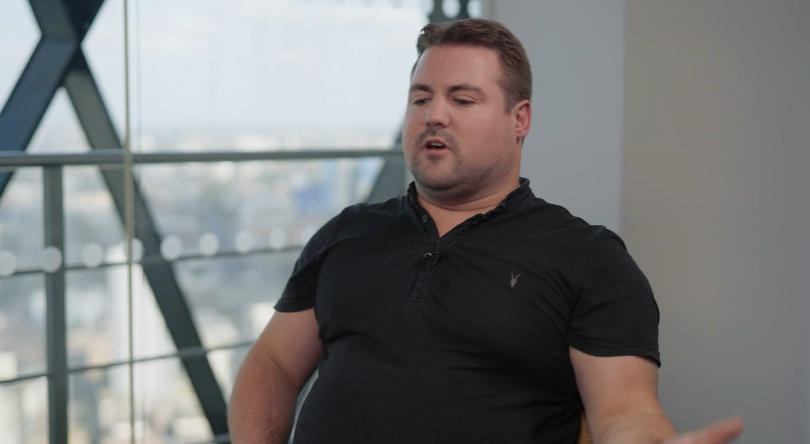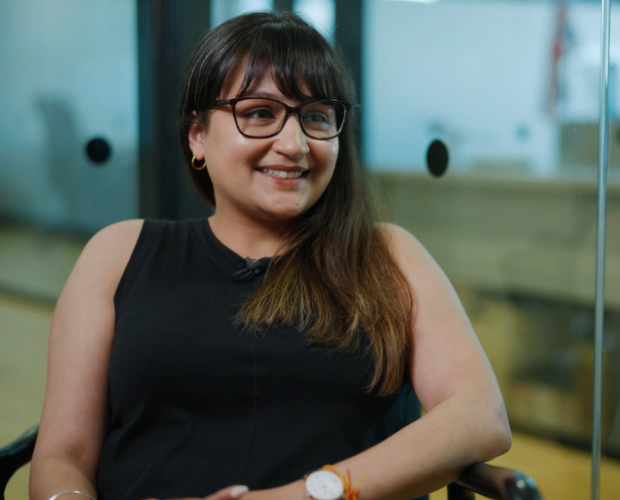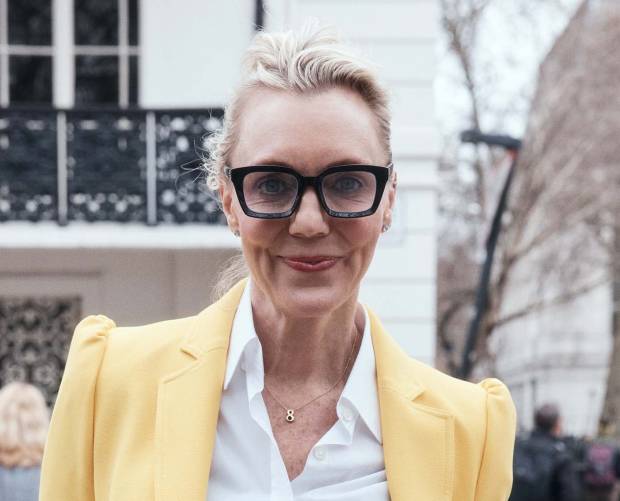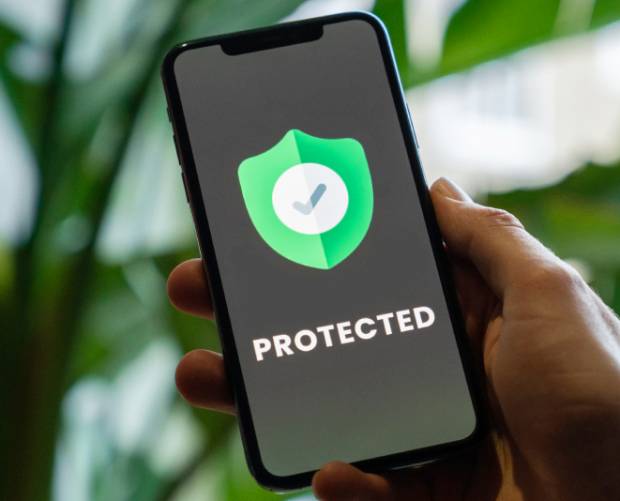 The incentive for people to use apps or other services that rely on user-generated content (UGC) is often simply the thrill of getting involved. But in some instances, these services also come with the promise of monetary reward. So it is with Scoopshot, an iPhone and Android app which offers its 160,000 (and growing) users the opportunity to make money by taking photographs and then sending them to (usually) news organisations.
The incentive for people to use apps or other services that rely on user-generated content (UGC) is often simply the thrill of getting involved. But in some instances, these services also come with the promise of monetary reward. So it is with Scoopshot, an iPhone and Android app which offers its 160,000 (and growing) users the opportunity to make money by taking photographs and then sending them to (usually) news organisations.
There are two ways for Scoopshot users to make money. They either take a photograph of something they consider interesting or newsworthy and then post it for sale through the app. Alternatively, they can respond to requests sent out by Scoopshot’s media organisation partners through the app to take photos of a specific event or place.
Either way, the user can earn more than a pittance. Up until recently, the minimum price for which a user could offer a photo for sale was £9, though Scoopshot plans to offer a free option for those users that just want to get their images published. And one user in Finland, Arto Mäkelä earned more than $19,000 (£12,200) by responding to a specific task set by Finnish directory services company Fonecta, which requested pictures of businesses across the country. He went from city to city, taking thousands of pictures on his phone, selling them to Fonecta for around $2 each. Whatever money a user earns, Scoopshot takes a 30 per cent cut for its part in the proceedings.
Media partnerships
“I’d like to say the idea for the business was mine, but it wasn’t” explains Scoopshot CEO, Niko Ruokosuo, an experienced media executive with stints at the LA Times and Arab News under his belt. Ruokosuo was brought in to run the business in September 2011, a year after the company received seed Angel funding, and a couple of months before the full launch.
“I was brought in to secure media partnerships, so that media companies could use us to crowdsource the photos they need,” explains Ruokosuo. “The issue with UGC is always how it will work. The platform you come up with must cover IP rights, payment and authenticity, as well as being suitably appealing to engage the crowd.”
With 160,000 users, and media partnerships in 13 countries, Scoopshot would seem to have succeeded on that front. Ruokosuo cites Metro in the Netherlands as a good example of how media outlets use the service.
“We have been live with them for 10 months, and so far they have set our users 115 tasks, that’s more than 10 a month,” he explains. “It could be that they are looking for photos of a breaking news event, a demonstration, or a festival for example. Scoopshot enables them to crowdsource these photos at a fraction of the cost of hiring a photographer.”
Push notifications
To issue a request, the media outlet puts out a description of what it needs and the price it will pay for photos, and sets a geofence within a radius it specifies of the event in question. The request is then sent to all users within that geofence via a push notification. They submit their photos and the media outlet buys the ones it wants. Once they have earned £30, users can cash out via PayPal or electronic banking.
Brands can also tap into the Scoopshot audience. In one campaign, car maker Fiat invited Scoopshot users to take photographs of a new model when they saw one on the streets. Scoopshot charges for these engagements on a cost per thousand basis, and the brand is then free to do with the photos as they wish, perhaps using them on their social media channels.
It’s worth noting too that the app is a lovely piece of work, deceptively simple-looking, but with all the functionality it needs, accessed through just four soft buttons: ‘Tasks’; ‘For Sale’; ‘Profile’; and ‘Tap to Snap’.
Future plans
So where else could Scoopshot go with its crowdsourced photo offering? Ruokosuo says there is plenty of scope for future development.
“We have already created a ‘Pro’ offering that enables our media partners to go beyond people taking photographs on their mobile phones,” he says. “Now, media companies can put out a tender through the app for a professional photographer to cover a particular event. The request goes out only to the 600 Scoopshot users who have registered as professional photographers with us. The photographers then send back some examples of their work in that area, together with the price they would charge, and the media company choses the one they want to do the job.”
He says Scoopshot is also talking to a number of city authorities, including New York, Rotterdam and Stockholm about city maintenance. “In New York, they get 1.3m phone calls a month to a 1800 number about potholes and other civic problems,” says Ruokosuo to 1800 number. “Imagine the money they could save if citizens were invited to send in a geotagged photo to report a problem. They could reward the sender by buying the photo, or pay a monthly licence fee to us. They could reward the sender and buy the photos pay a monthly licence fee to us. It would save them a ton of effort and keep citizens happier.”
Scoopshot is currently live in 13 countries – Finland, Sweden, Denmark, Netherlands, Belgium, Italy, UK, Chile, Mexico, Hong Kong, US, Russia and Poland. By the end of next year, Ruokosuo says he expects this figure to be 100.
“There’s been a big shift between us pitching this idea out, to where we are now, where it’s gone inbound,” he says. “We now have a huge network of contributors, and now the media companies are calling us.”
Once you see how the Scoopshot app woirks, its not hard to understand why.
Niko Ruokosuo is CEO of Scoopshot





